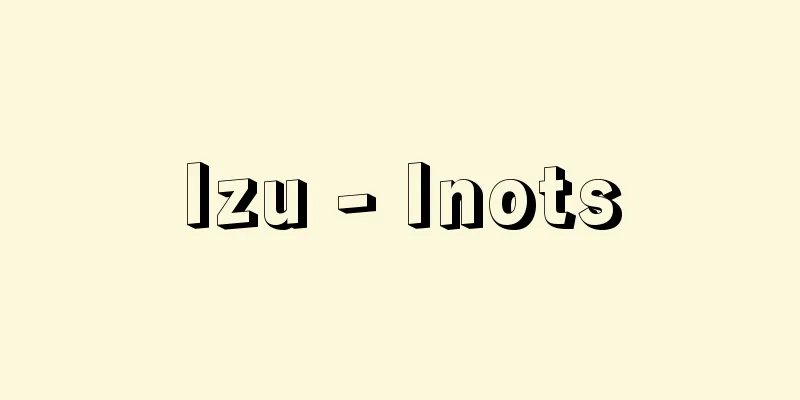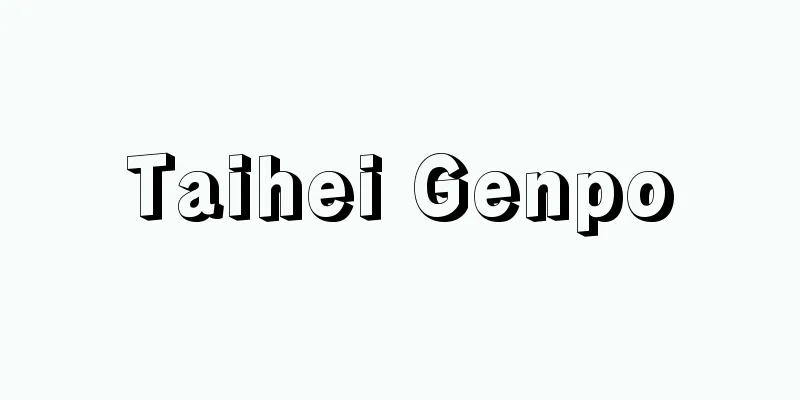Ossuary - Elephant

|
It is a container for storing ashes, but generally refers to a container for storing cremated ashes. It is also called a bone storage vessel or urn. It is thought that the custom of cremation spread along with Buddhist culture, but the use of bone storage vessels became widespread during the Nara period. It is assumed that cremation began in the mid-7th century based on poems in the Manyoshu, but according to the Shoku Nihongi, the first cremation was that of the monk Dosho in 700 (the 4th year of Emperor Mommu's reign). The oldest gravestone with a date inscription associated with a cremation tomb is that of Fumikinemaro in the 4th year of Keiun (707), and a glass urn bone storage vessel and a gilt bronze urn outer vessel have been excavated. The most common materials for burial containers are sueki and hajiki, but there are also some made of tricolor and green glaze pottery. There are also stone, metal, glass, and wood containers. Some from the early Nara period were clearly made as burial containers, with engraved inscriptions such as the gilt bronze spherical bowl made by Inano Mahito Omura and the bronze covered bowl made by Shimotsumichi Ason Kunikatsu and his wife, the mother of Kuniyori, but generally they were repurposed everyday containers such as jars and jars. [Masashi Matsushita] [Reference] |Source: Shogakukan Encyclopedia Nipponica About Encyclopedia Nipponica Information | Legend |
|
遺骨を納める容器であるが、一般的には火葬骨を納める容器をさす。骨蔵器、骨壺(こつつぼ)とも称されている。火葬の風習は仏教文化とともに伝播(でんぱ)したと考えられるが、蔵骨器を使用し広く普及するのは奈良時代からである。『万葉集』の歌などから7世紀中ごろには火葬が始まっていたと想定されているが、『続日本紀(しょくにほんぎ)』によれば700年(文武天皇4)の僧道昭(どうしょう)の火葬が最初とされる。火葬墓に伴う紀年銘のある最古の墓誌は、「慶雲(けいうん)四年」(707)の文忌寸禰麻呂(ふみのいみきねまろ)のもので、ガラス壺蔵骨器と金銅(こんどう)壺の外容器が出土している。蔵骨器の材質としては、須恵器(すえき)、土師器(はじき)が多いが、三彩・緑釉陶(りょくゆうとう)のものもある。石製や金属製、ガラス製、木製のものもみられる。奈良時代初期には威奈真人(いなのまひと)大村の金銅製球形合子(ごうす)形や、下道朝臣圀勝(しもつみちのあそんくにかつ)・圀依(くにより)母夫人の青銅製有蓋鉢形(ゆうがいはちがた)のように刻銘があり、明らかに蔵骨器としてつくられたものもあるが、一般には壺や甕(かめ)などの日常容器が転用使用されている。 [松下正司] [参照項目] |出典 小学館 日本大百科全書(ニッポニカ)日本大百科全書(ニッポニカ)について 情報 | 凡例 |
<<: Mutual access - Sogo nori-ire
>>: Soukojiketsu - Soukojiketsu
Recommend
Pondaungia
...This period can be said to be the period of ad...
Kumihimomon - Kumihimomon
It is believed that what was originally a pattern ...
Chlam reginae (English spelling) Chlamreginae
… [Minoru Imajima]. … *Some of the terminology th...
Freedom of association
It means that there is no interference by public a...
Mitsuke [city] - Mitsuke
A city in the southeastern Echigo Plain in central...
Kurt Koffka
German psychologist and one of the leading figure...
Centrifugal brake
...Anti-skid brakes are said to have first been u...
Jinaimachi - Jinaimachi
An artificial town created in the first half of t...
Pressurized water reactor - pressurized water reactor
A power reactor in which the pressure inside the r...
The Vision of Piers Plowman
A long religious poem attributed to the 14th centu...
New Mexico [State] - New Mexico
A state in the southwestern United States. Abbrevi...
Red flower - Kakou
The flowers are red. See the entry for "flowe...
Corm - Corm
An underground stem that stores nutrients such as...
Abkhaz-Adyghe languages
...The peoples who spoke the Caucasian languages ...
Ashijiro's Sword - Ashijiro's Sword
A sword with silver leg hardware. ※ Heike (early 1...









